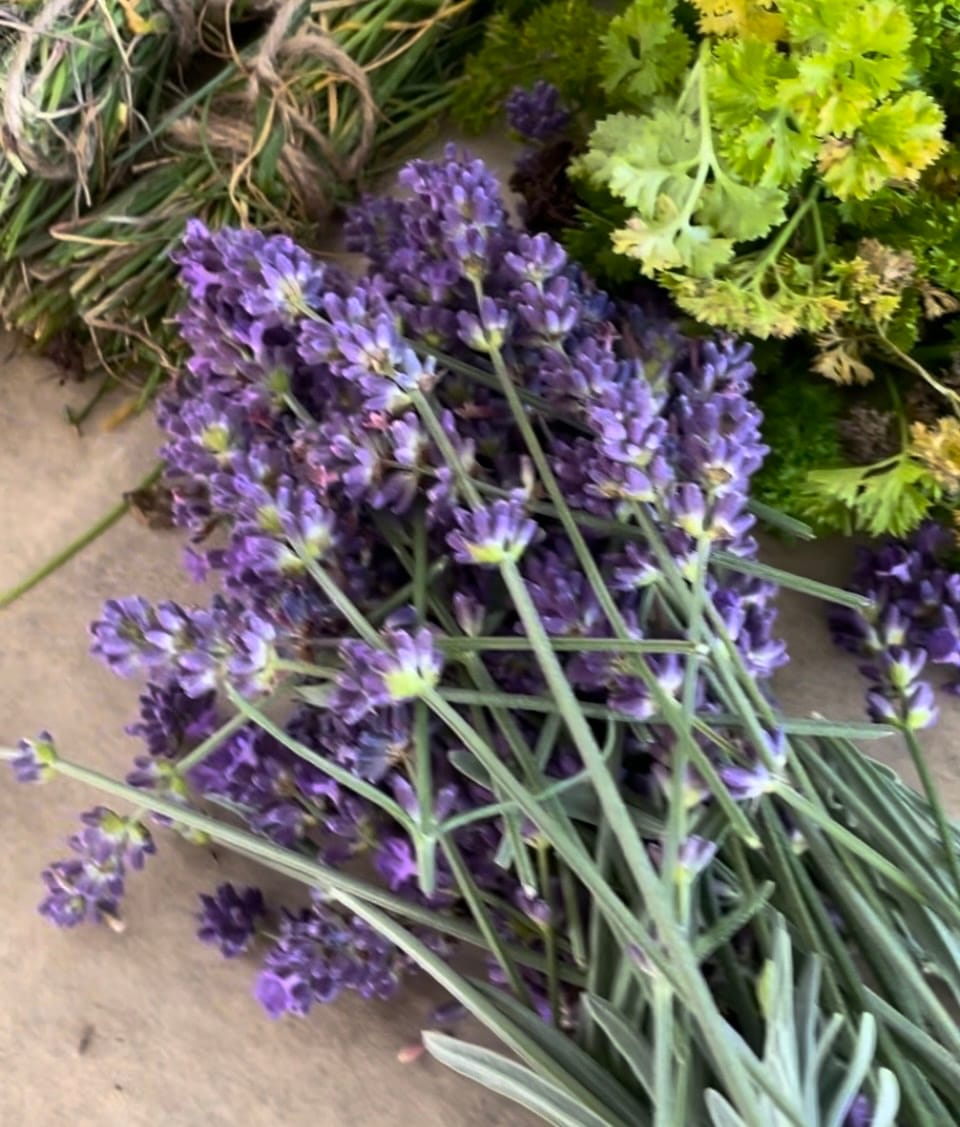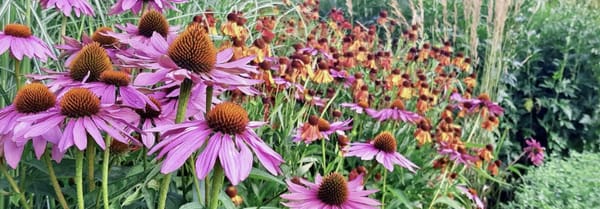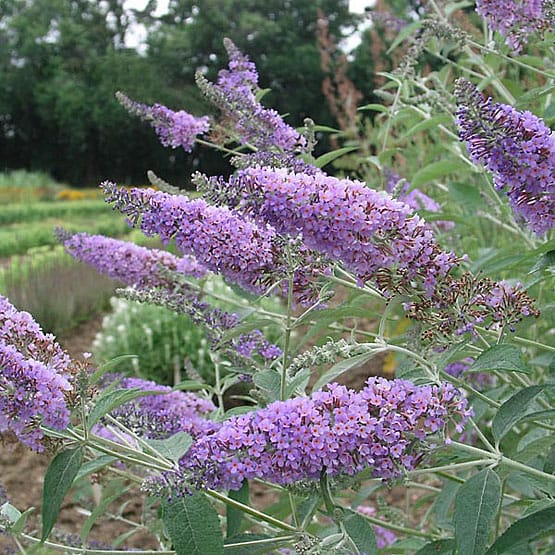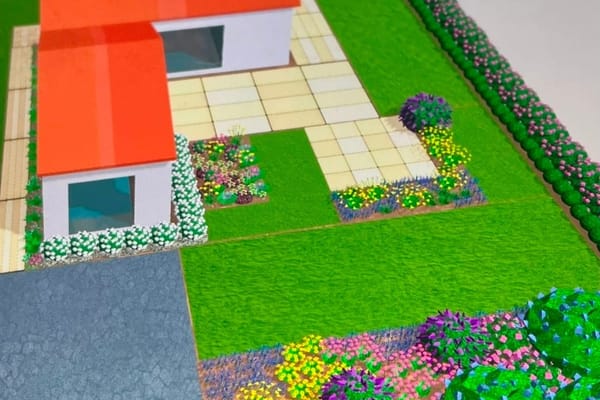Essential Things to Know About Lavender

Author: Zona Forsyth
“Lavender is the Soul of Provence” …. Jean Giono
Lavender (Lavandula ssp.) is one my favorite perennials because of its’ beauty and versatility in and around your home and garden.
Lavender is thought to have originated from the Mediterranean regions in and around modern-day Greece and Africa and has been used in civilization for thousands of years. From the ancient Egyptians, Romans, Greeks, medieval Europeans and British to modern day societies, lavender has been used to grace our gardens, for its aromatic qualities, medicinal purposes and culinary dishes.
There are many reasons to consider adding lavender to your plant palette when designing your garden, and on this subject alone, I could fill the pages of a book. However, for the purpose of this blog, I will focus on a few essential facts I find intriguing about this beloved perennial. They are easy to grow, there is a large variety of cultivars to choose from, they attract pollinators and other beneficial insects, they deter non-essential insects, deer and rabbits, they have aromatic and medicinal purposes and they have many culinary uses.
Easy to Grow-Lavender is low maintenance and easy to grow. If you are a beginning gardener, this is a great perennial to start with in the garden. In addition, it tolerates most soil conditions, it returns every year in the spring and provides the garden with an abundance of beautiful aromatic blooms from late spring to fall.
In my experience, the less you fuss with them the better they will do. My first year in Sweden, I planted a small lavender field on the south east side of my house. Coming from the mild climate of Southern California, I was nervous about the extreme weather conditions. I watched over my plants like an over protective mother. They call it curling in Sweden; Parents who try to sweep away all obstacles in their offspring’s path so that their child can go through life without the slightest bump. The result, my plants were surviving but not thriving. Unexpectedly, I had to go on business trip and was gone for three weeks. I was a nervous wreck, as I had to leave my first-year babies on their own. I just knew I was going to come back to a garden disaster. To my surprise, I came back to a garden full of blooms, bees and butterflies.
At that point, lavender became one of my ‘go to’ plants in the perennial garden.
Varieties of Lavender -There are many varieties and colors of lavender to choose from and special consideration should be taken when selecting the right variety for your garden. These considerations include weather conditions, soil type, desired flower color, space availability and desired growth habit.
The three main varieties of lavender are English Lavender (Lavandula angustifolia), Spanish Lavender (Lavandula stoechas) and French Lavender (Lavandula dentata). From these, there is a multitude of hybrids and cultivars available on the market.
English Lavender-is a relatively low growing compact perennial known for its high-quality essential oil. It is known to be extremely hardy (zones 5-9), requires little water and grows in most well drained soils.
They are used on slopes, perennial borders and containers. English Lavender is a nice addition to any perennial garden, and goes well with plants such as, Roses, Rosemary, Sage and Black-Eyed Susan.
Spanish Lavender-is and evergreen shrub known for its aromatic leaves and used in essential oils and potpourri. Unlike its cousin, English Lavender, it is not very hardy (zones 8-9) making it limited to growing in Mediterranean climates. It is commonly used in mass plantings and containers and can be found mixed with plants such as, Yarrow, Sage and Sedums.
French Lavender-is an evergreen shrub known for its attractive foliage and colorful spikes, growing up to 3´ in height. French Lavender, while not as fragrant as other varieties, will still bless your garden with year-round blooms. Just as the Spanish Lavender, it is not considered hardy (zones 8-9) and is limited to growing in Mediterranean climates. It is commonly used in perennial borders accompanied by Sage, Rosemary, Thyme and Oregano.
Attract Pollinators-Pollinators are important for our environment and are considered to be ‘the champions’ for the health and biodiversity of local ecosystems. By creating gardens in urban areas, you can provide a link between natural corridors and provide food for local wildlife. Birds, butterflies, bees, hummingbirds and other beneficial insects are responsible for pollinating flowering plants, fruits, vegetables and other crops which in turn support global economy by producing a wide variety of foods.
Deter Deer, Rabbits and other non-beneficial insects-If you have deer and rabbits in your community, you will be quickly disappointed if you choose the wrong plants for your garden. If this is the case, GOOD NEWS, these critters don’t like lavender. In general, deer and rabbits don’t like scented plants. So, by including lavender, oregano, thyme, sage and society garlic on your list you can have a beautiful garden and create a layer of protection for plants where critters may be inclined to graze.
Placing lavender around your patio, pool and outdoor kitchens will also deter non-essential insects such as mosquitos, flies and moths.
In Sweden, we live adjacent to the Baltic Sea, a large forest and pastures (WITH COWS). As wonderful as it sounds, and don’t get me wrong, it is, it also comes with a price. Shortly after the house was completed and we moved in, we were completely overrun by mosquitos and flies. My first thought was ‘OMG! Did we make a mistake moving to this beautiful rural area? No, no, no I needed to find a solution.
So back to the drawing board I went, scouring the internet for ecofriendly solutions. From my research I found many plants that could help solve my problem, but lavender caught my eye because of its benefits and many uses. I was skeptical. Could it really be that easy? Could lavender deter mosquitos and flies from hanging around the house? I decided to jump in with both feet and planted a lavender field adjacent to the house and around the garden. Much to my surprise, it worked! It not only minimized the flies and mosquitos, it gave me a crop that I could use for potpourri, soaps and culinary dishes.
Home Uses-As beautiful as lavender looks in the garden it has many aromatic qualities, medicinal purposes and culinary uses. Lavender is an essential oil known to have calming effects that reduce anxiety. It can be found in potpourri, candles and perfumes. It is used to improve sleep, relieve pain and has anti-inflammatory properties used to relieve digestive problems, headaches and skin issues. In the kitchen, lavender can be used as an herb in soups, stews, beverages and teas.
One of my cherished rituals involves harvesting fresh mint and lavender, freezing them into ice cubes to add a burst of color and add interest to holiday beverages.
In conclusion, you can’t go wrong with lavender. Whether you grow it for fun, necessity or home projects, it will always make the bees, butterflies, hummingbirds and guests happy you chose to grow lavender.
.





